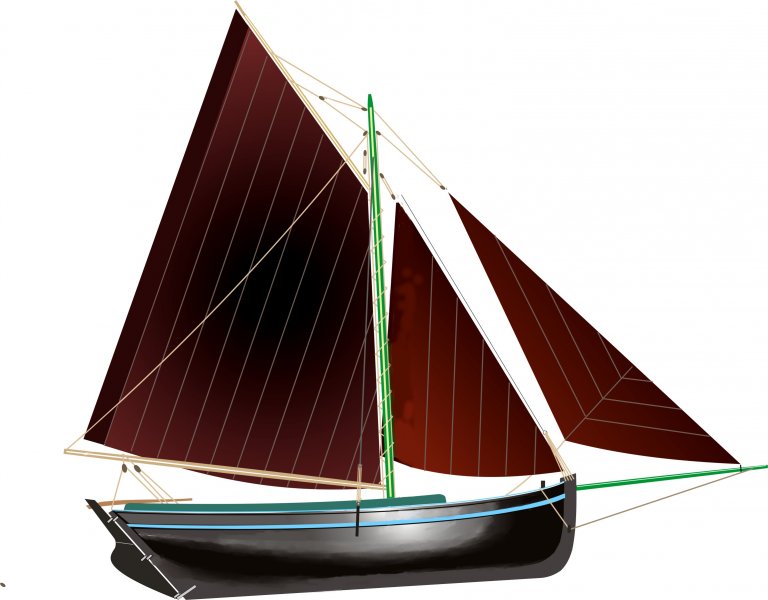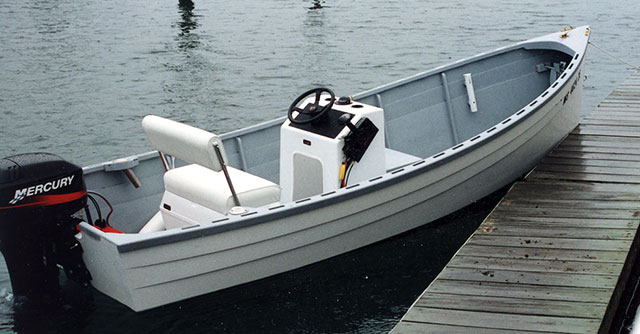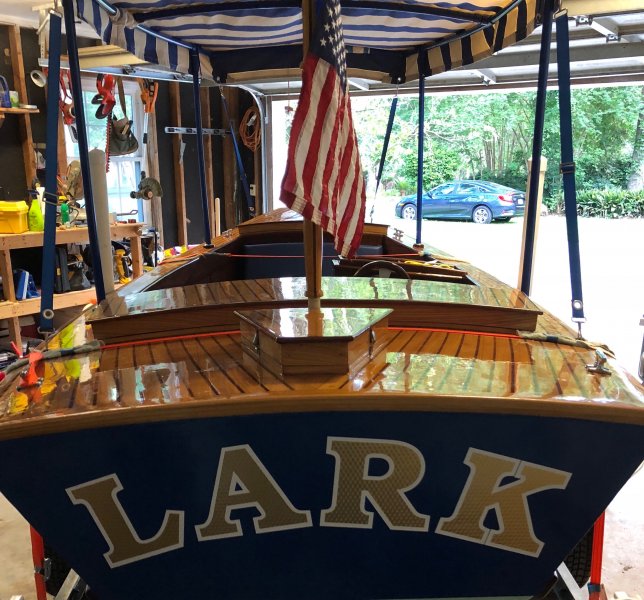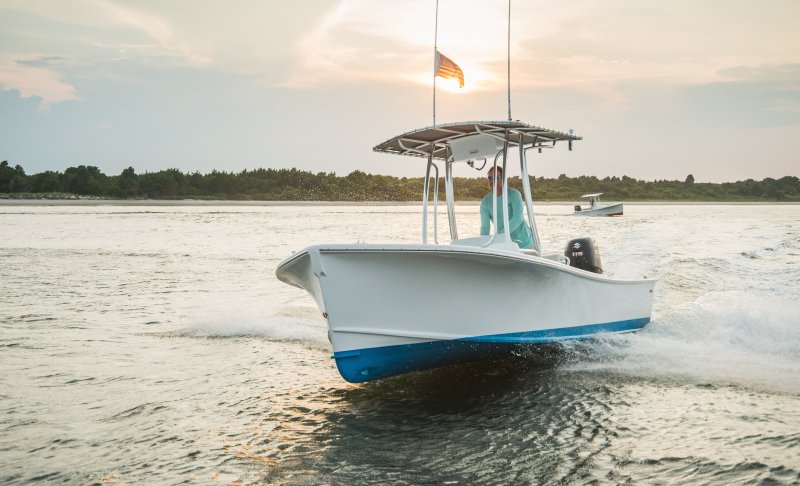Building Your Dream Aluminum Boat: A Guide to Strong & Durable Plans
So, you're dreaming of a tough, reliable aluminum boat, built to your exact specifications? Fantastic! Building your own boat is a rewarding challenge, and aluminum offers a fantastic combination of strength, lightweight design, and corrosion resistance. But where do you even begin? This guide walks you through planning and designing a strong and durable aluminum boat, from choosing the right plans to tackling the construction.
Choosing the Right Boat Plans
The first, and arguably most important, step is finding the right plans. Don't just grab the first set you see! Consider these crucial factors:
Your Skill Level
Honesty is key here. Are you a seasoned welder with years of metal fabrication experience? Or are you a relative beginner, eager to learn? Beginners should start with simpler designs, perhaps a small jon boat or a simple flat-bottom skiff. More complex designs, like those incorporating a V-hull or a sophisticated chine design, require significantly more skill and experience. Starting small helps you build confidence and master the techniques needed for more advanced projects.
Boat Type and Intended Use
What will you be using your boat for? Fishing? Hunting? Recreational cruising? This directly impacts the design you choose. A fishing boat needs ample storage and potentially a raised casting deck. A hunting boat might prioritize stealth and stability. A cruising boat could necessitate a more spacious cabin or seating area. Think about the specific features and functionalities essential for your intended use.
Aluminum Alloy Selection
Aluminum alloys are not all created equal. The plans you choose should specify the recommended alloy, typically 5052 or 6061. 5052 is known for its excellent corrosion resistance, while 6061 is stronger but slightly less corrosion-resistant. The choice depends on the environment the boat will operate in and the intended load capacity.
Plan Quality and Detail
Reputable plan providers offer comprehensive and detailed instructions, including material lists, cutting diagrams, assembly instructions, and often even welding diagrams. Cheap or poorly documented plans can lead to significant headaches and potentially compromise the structural integrity of your boat. Don't skimp on quality here! Look for plans with clear, concise diagrams and thorough explanations.
Availability of Materials
Before committing to a set of plans, check the availability of the specified aluminum sheets, rivets, and other materials in your area. Some specialized aluminum alloys might be harder to source than others. Factor in the cost of materials as well. This can vary significantly depending on location and current market prices.
Designing for Strength and Durability
Even with excellent plans, you can further enhance the strength and durability of your aluminum boat during the design phase. Consider these crucial points:
Reinforcement Techniques
Aluminum, while strong, can be susceptible to flexing under stress. Reinforcements are crucial. Plans should include details on strategically placed bulkheads, stringers, and ribs to distribute loads effectively. These structural elements prevent flexing and warping, adding significant strength to the hull.
Proper Riveting and Welding
The joining method – riveting or welding – significantly impacts the boat's strength and durability. Welding typically creates stronger joints, especially in areas subject to high stress, such as the transom or keel. However, welding aluminum requires specialized skills and equipment. Riveting is a viable option for beginners, though it requires meticulous attention to detail to ensure proper overlap and consistent spacing.
Hull Design Considerations
The hull shape significantly affects the boat's stability and performance. A flat-bottom hull is simple to build but less stable than a V-hull or a modified V-hull. A V-hull offers better performance in rough water but is more complex to construct. Consider your boating environment and the trade-offs between build complexity and performance.
Choosing the Right Thickness
The thickness of the aluminum sheet is critical for strength. Thicker aluminum is stronger and more durable but also heavier and more expensive. The plans will specify the recommended thickness for various parts of the boat, based on the intended load and stress levels. It's important to stick to the recommended thicknesses to ensure structural integrity.
Building Your Aluminum Boat
Once you have your plans and materials, it's time to get your hands dirty! Remember to:
- Follow the plans meticulously. Don't cut corners or deviate from the instructions without a thorough understanding of the consequences.
- Use proper safety equipment. Working with aluminum and welding equipment requires safety glasses, gloves, and appropriate respiratory protection.
- Take your time. Rushing the process can lead to mistakes and compromise the structural integrity of the boat. Patience and attention to detail are key.
- Seek help when needed. If you encounter difficulties, don't hesitate to reach out to experienced boatbuilders or join online forums for assistance.
- Test and inspect thoroughly. Before launching your boat, conduct thorough inspections to identify and rectify any potential issues.
Commonly Asked Questions
Here are some questions frequently asked by aspiring aluminum boat builders:
- Q: What's the average cost of building an aluminum boat? A: The cost varies dramatically depending on the size and complexity of the boat, as well as the cost of materials in your area. Expect to invest several hundred to several thousand dollars.
- Q: How long does it take to build an aluminum boat? A: This depends heavily on the boat's size and your experience. A simple jon boat might take a few weeks, while a more complex design could take several months or even longer.
- Q: Do I need special tools to build an aluminum boat? A: Yes, you'll need tools like a metal shear, rivet gun (or a welder), measuring tools, and various hand tools. The specific tools will depend on the construction method and the boat's complexity.
- Q: Can I modify the plans? A: Modifying the plans should only be done if you have a thorough understanding of structural engineering principles and the potential impact on the boat's stability and strength. Unsuitable modifications can compromise the safety and seaworthiness of the boat.
- Q: Where can I find reliable aluminum boat plans? A: Several reputable online sources and boatbuilding supply stores offer aluminum boat plans. Look for plans with detailed instructions and positive reviews.
Building your own aluminum boat is a challenging but incredibly rewarding project. By carefully selecting plans, focusing on strength and durability during design, and meticulously following the construction process, you can create a strong, reliable, and enjoyable boat that will last for years to come.
















